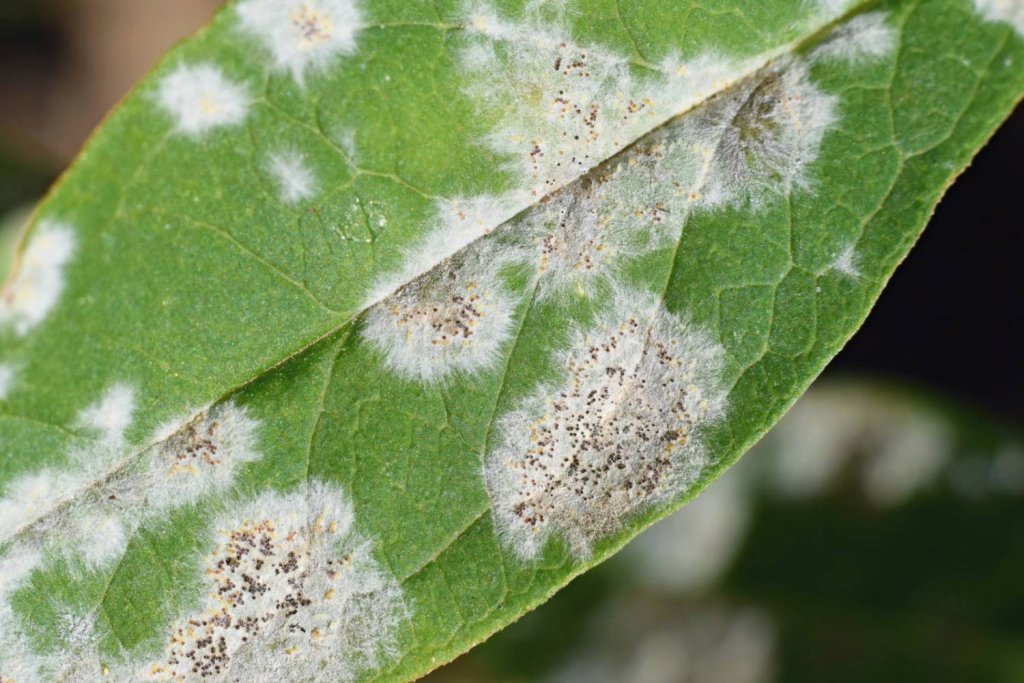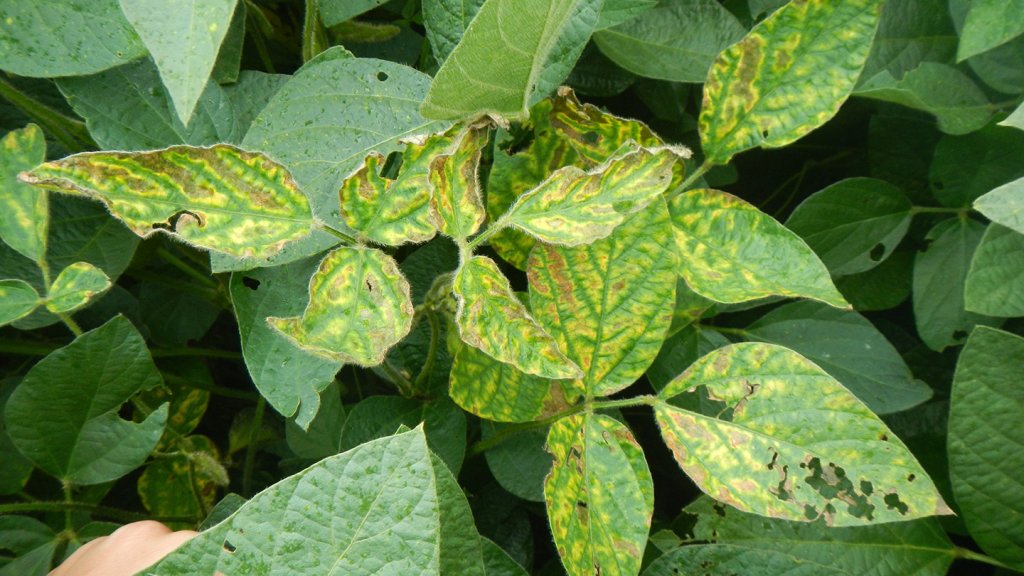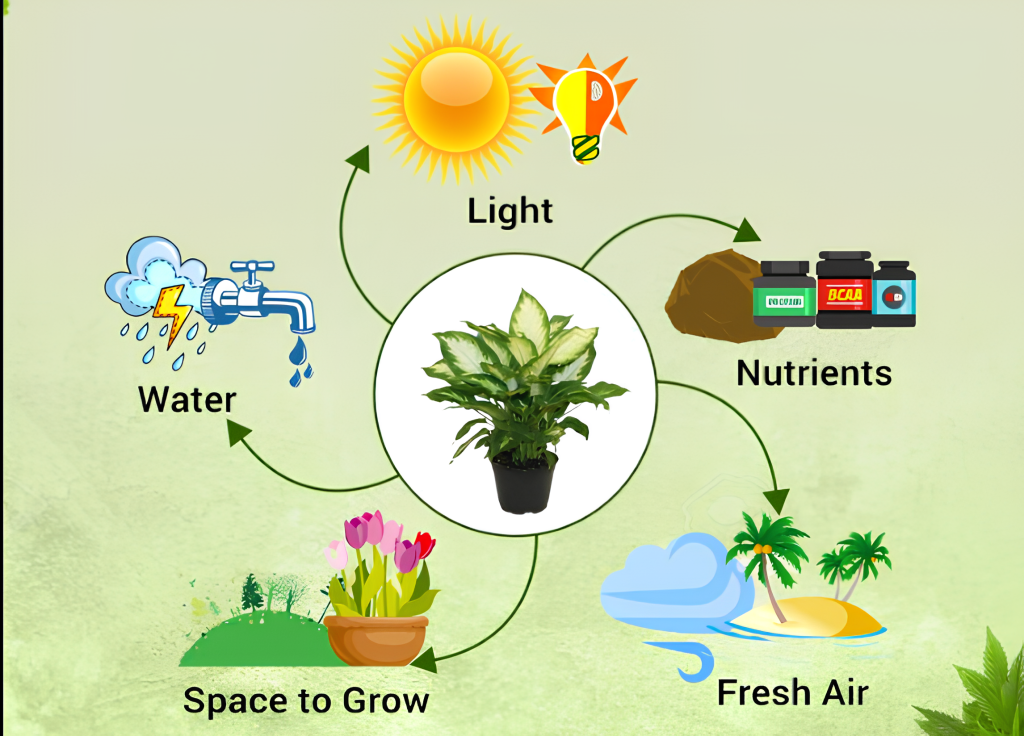Powdery mildew is a common variety of disease that is found on plants. They appear as light white or grey spots on the infected plant’s leaf.
Though mostly found on leaves, they can be spotted on the stems, fruits, flowers, and vegetables. These fungal infections start with the mild scattered spots on the leaves, later leading to cover the entire leaves.
This white fungal infection thrives mostly in the humid and warm climates. Shady areas with poor sunlight reach, and less air circulation can also encourage the growth of this infection.
In this article, you can look at how long a white fungus stays.
How Does the White Fungal Infection Spread?

The wind carries away the major spread of this type of infection. These white molds are caused by the fungus named Sclerotinia sclerotiorum. These fungi enter the plant through the openings in the leaves called stomata and start killing the plant cells.
Almost most of the vegetables are infected only by fungus infections. These fungal infections release spores that can travel several miles and enter into other leaves, causing the infection.
Though these infections are spread easily by air, the other sources can be through water splash, animals, people, and movement of infected soil and seedlings.
Further Preventing the Plant from Fungal Infection

We have learned many ways to eliminate white mold or white fungal infections. To keep your plants safe, you can check out the following methods for prevention from fungal infections below.
- Maintain adequate space between the plants
- Ensure that the plants are getting the proper and required sunlight
- Make ways to improve airflow or air circulation among the plants
- Ensure adequate water supply is given to the plants.
- Treat the plants regularly with fungicides, not after it occurs.
Conclusion
Here, you can conclude that these white fungal infections are the hard structures called sclerotia, which are about the size of a broken pencil tip and can survive for about five years or more.
They can easily be carried away several miles and deposited over the plant’s leaves, stems, and other parts. There are numerous methods to get rid of these infections. You can use homemade solutions to eradicate the infections naturally.
In some cases, you can use fungicides to overcome the infections. It is always better to prevent the plants from these white fungal infections than to cure them.

